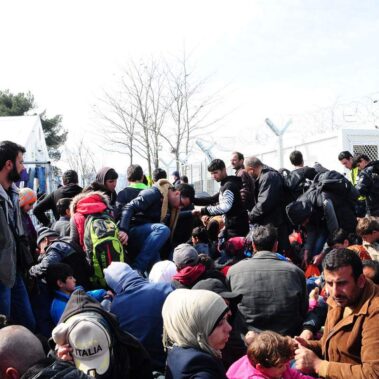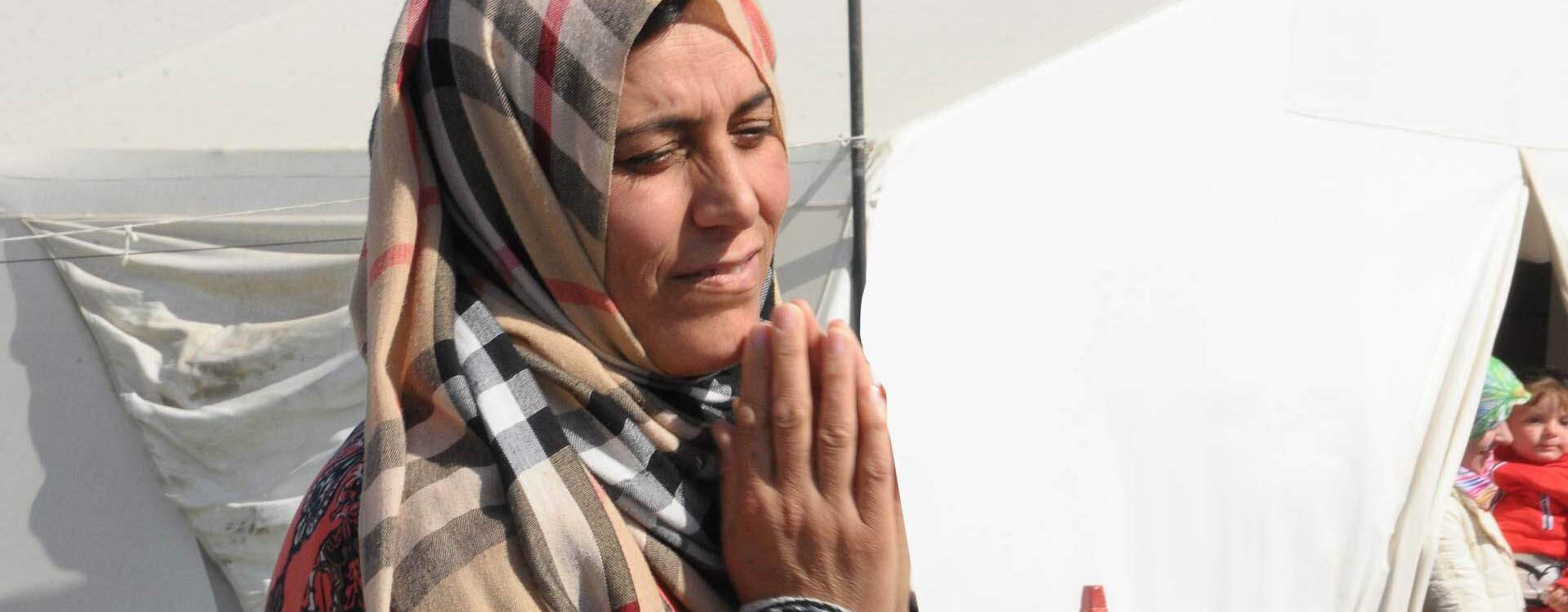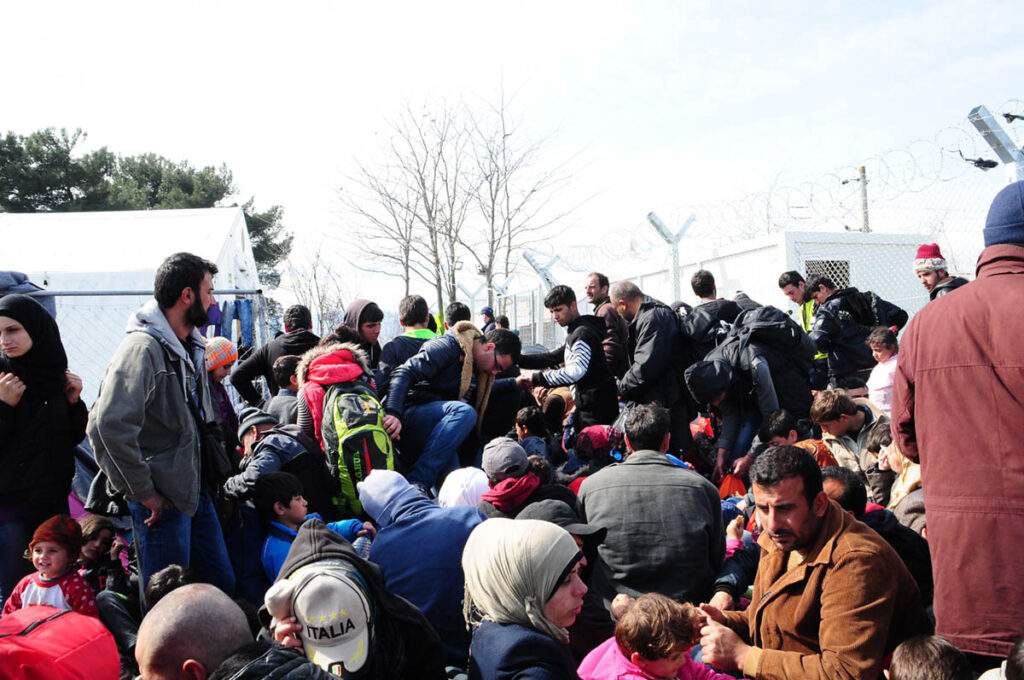
Over 1.3 million people – refugees and migrants – made their way to the European Union, either escaping conflict in their countries of origin or in search of a better and safer life. The majority of these people made use of the so-called Western Balkan migratory route. After reaching the Greek islands by boat from Turkey, they then continued up the mainland to the northern borders of Greece, passing through the Former Yugoslav Republic of Macedonia (FYROM) and eventually reaching the central and northern parts of Europe.
However, with border controls between the two countries initially tightened and eventually closed by FYROM on 9 March 2016 thousands of people were stranded at the borders in Greece. In order to quickly respond to the sudden and increased need, primarily in the north of the country, the government opened several new camps in the vicinity of Thessaloniki and neighboring regions, many of them strongly criticized by the Greek civil society as well as national and international NGOs for their inadequate hygiene facilities, poor security and lack of basic services.
Several thousand people are still living in tents today. Under these conditions, many have been afflicted with skin infestations (scabies), diseases (influenza) as well as more dangerous ones such as hepatitis, which has been diagnosed in several camps in Northern Greece. The situation is urgent for all, mostly for the vulnerable social groups, such as children, pregnant women, the chronically ill and individuals with special needs.
















































